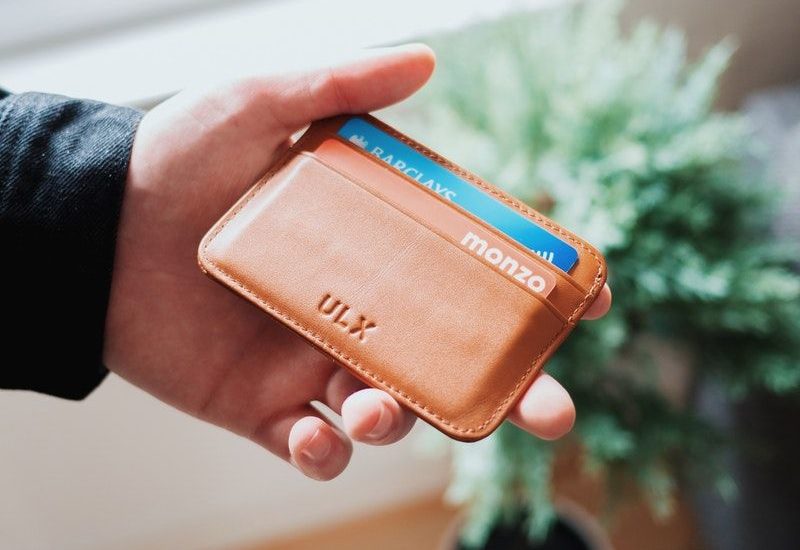Monzo’s making its mark on millennials and mainstream banks
The days have long gone where wages were given in brown envelopes. Now, employees can expect to be paid for their work at the end of the month, or start of the next, through an electronic system called Bacs. What is even more surprising, is that this payment method of Direct Debit and Bacs Direct Credit first emerged in 1968. Fast-forward several decades later, innovative approaches in the financial sector industry have not slowed but rather the opposite, evolved. Today’s society has constantly found new ways to improve the speed and efficiency of items we use every day. Taking cash as an example, school children can pay for their lunches by the touch of their thumb, or for the want of a more sophisticated term, ‘biometric fingerprint scanning’. And in the 21st century, the rise of cashless payment has reshaped the entire edifice of the banking service. Perhaps one of the most popular banks to arise recently is Monzo.
Monzo’s smartest move has been cashing in on the age group which has lived at the forefront of such financial developments; millennials
The app-based bank has been credited for taking the UK banking scene by storm since its arrival in 2015. Three years later, Monzo is valued at £1bn, making it the third British bank to reach this figure in 2018. Its meteoric rise is even more impressive given its 450-employee company only gained its full banking licence last year and in this short space of time, more than one million current accounts have been signed up. Alongside its brightly-coloured orange cards, Monzo’s smartest move has been cashing in on the age group which has lived at the forefront of such financial developments; millennials.
Typically identified between the years 1981 to 1997, millennials are a prime target of the cashless payment system. Dubbing itself as ‘an online bank for millennials’, Monzo ‘lives on smartphones’ and revolves around how its customers live. Given almost a quarter of 18 to 24-year-olds said they couldn´t handle being without their phones for four hours, it seems ideal to place substantial emphasis on smartphones. Monzo has done just that, amassing huge popularity among millennials by teaming up with both Apple Pay, and more recently, Google Pay, to allow their users to make payments without having their physical card on them. It’s hardly surprising that Monzo customers so have now spent a total of more than £4bn with their cards, especially considering the services on offer include budgeting tools to help its young customers spend a little wiser.
Investors such as US Venture capital groups General Catalyst and Accel bought into Monzo’s concept of seeking to broaden its appeal and it was reported to have raised £85m in funding
The fintech’s position as a new digital bank has certainly created its own set of difficulties. In its quest to mount a serious challenge to the mainstream banks, including Nationwide, Santander and MetroBank, Monzo lost more than £33m in 2017. As a result, it will not be expecting to gain profit for the foreseeable future. Despite this, the bank’s tech savvy initiatives have driven its popularity ever upwards. In October of this year, Investors such as US Venture capital groups General Catalyst and Accel bought into Monzo’s concept of seeking to broaden its appeal and it was reported to have raised £85m in funding for the launch of new products.
Moving forward, Paypoint a leading payment collection network in the UK, has partnered up with Monzo thus allowing users to deposit cash into their Monzo accounts. Deposits range from £5 to £300, with a standard charge of £1 per deposit and a maximum of £1,000 every six months. Chief executive Tom Bloomfield believes this is an important step for Monzo going forward. He said: “Though we’re heading towards a cashless society, many payments are still made using cash”. This audacious yet calculated move is set to reap huge rewards for Monzo as Paypoint is available in 28,000 corner shops and local stores across the UK.
Another fintech, Revolut, has benefitted hugely from funding. In April 2018, the neobank was valued at $1.7bn and received $250m in funding. Since launching in 2015, it has gained three million customers in three years. Revolut’s design contrasts with the neon-coloured Monzo card, with the former sporting a metallic colour. Its low fees on foreign exchange has generated huge success and led to it adding more than 8,000 new accounts each day.
Online banking itself has revolutionised our interactions and transactions with money. According to the European Commission, 51% of adult Europeans use internet banking, in comparison to only 25% in 2007. Even more shockingly, customers used internet banking nearly seven billion times in 2013, according to a report by The British Bankers Association (BBA) Both Monzo and Revolut are signs that a new digital age of banking has emerged.

Comments
Comments are closed here.